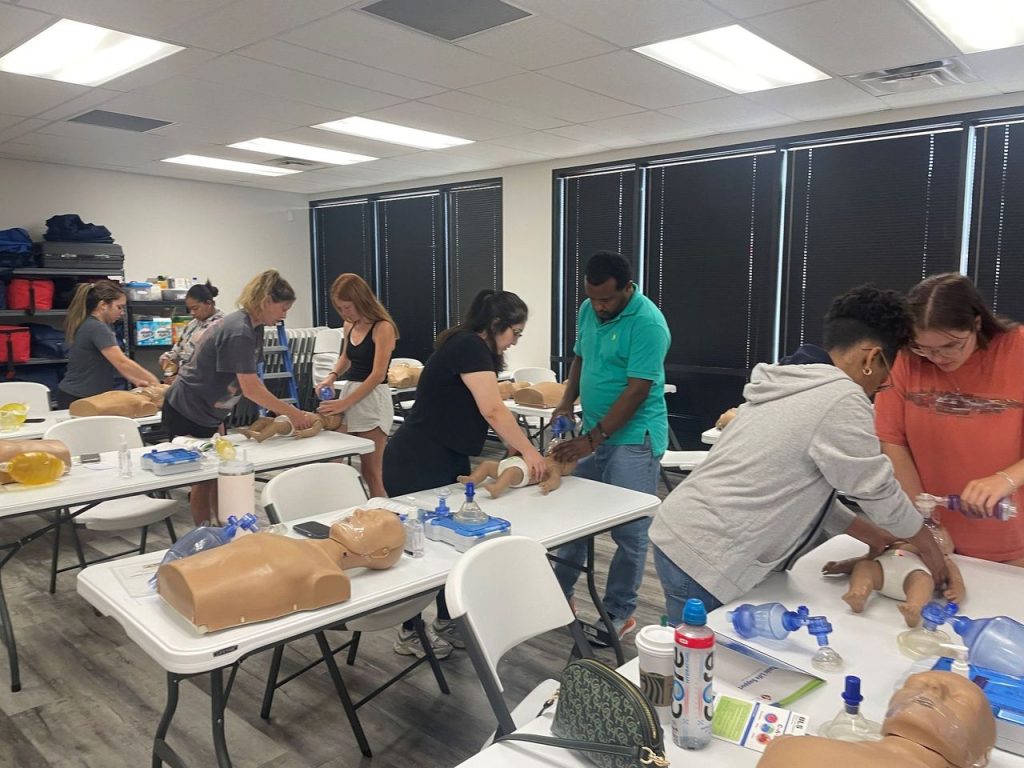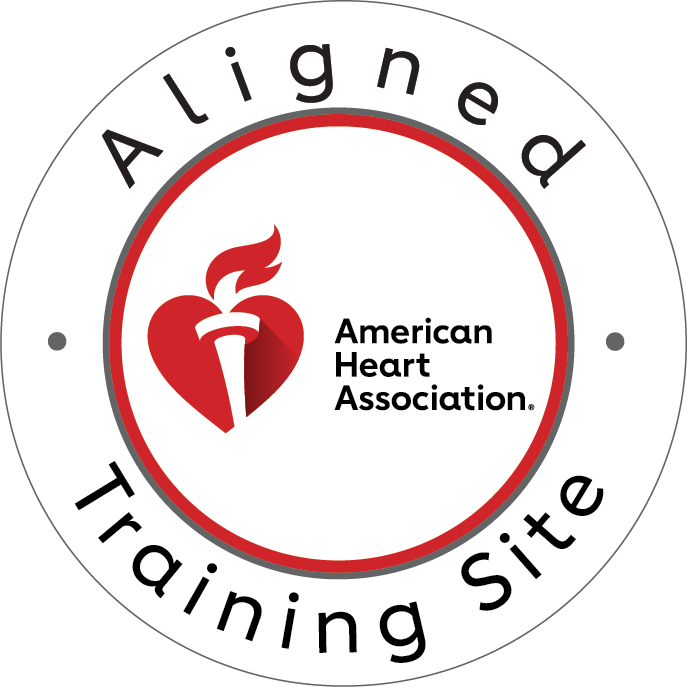Cardiopulmonary resuscitation (CPR) remains one of the most critical life-saving interventions in emergency medicine. However, the effectiveness of CPR depends heavily on the precise integration of three fundamental components: compression depth, rate, and complete chest recoil. Understanding how these elements work together is essential for healthcare providers and emergency responders who want to maximize patient survival outcomes.
Modern resuscitation science has evolved significantly, with extensive research demonstrating that integrating depth, rate, and recoil creates a synergistic effect that dramatically improves cardiac output during CPR. This comprehensive approach moves beyond simply performing chest compressions to delivering scientifically optimized cardiac resuscitation that can mean the difference between life and death.
The Science Behind Optimal CPR Integration
Effective CPR requires more than mechanical chest compressions. The integration of proper depth, rate, and recoil creates optimal hemodynamic conditions that maximize blood flow to vital organs during cardiac arrest. Research consistently shows that when these three components are perfectly synchronized, cardiac output can increase by up to 30% compared to a suboptimal technique.
The physiological mechanism behind integrating depth, rate, and recoil involves creating optimal pressure gradients within the thoracic cavity. Deep compressions generate sufficient pressure to propel blood forward, while appropriate rates ensure adequate filling time between compressions. Complete recoil allows the heart to fill properly, setting up the next compression cycle for maximum effectiveness.
Furthermore, studies indicate that rescuers who focus on integrating these elements demonstrate improved consistency throughout prolonged resuscitation efforts. This consistency is crucial because CPR quality often deteriorates over time, potentially compromising patient outcomes during extended cardiac arrest scenarios.
Mastering Compression Depth Integration
Compression depth serves as the foundation for effective CPR, but it must be integrated thoughtfully with rate and recoil considerations. The current guidelines recommend compressions of at least 2 inches (5 cm) but no more than 2.4 inches (6 cm) for adults. However, integrating depth effectively means understanding how compression force translates into cardiac output.
Achieving optimal depth requires proper hand placement, adequate force application, and consistent technique. When integrating depth with other CPR components, rescuers must maintain sufficient downward pressure while preparing for complete recoil. This integration prevents the common mistake of focusing solely on depth while neglecting the equally important release phase.
Additionally, depth integration involves adapting to patient-specific factors such as chest wall compliance, body habitus, and underlying cardiac conditions. Experienced rescuers learn to integrate depth adjustments seamlessly while maintaining optimal rate and recoil, creating a fluid, effective resuscitation rhythm.
Optimizing Rate Integration for Maximum Effectiveness
Rate integration represents the temporal component of optimal CPR performance. Current guidelines recommend 100-120 compressions per minute, but integrating rate effectively requires understanding the relationship between compression frequency and cardiac filling time. Too fast, and the heart cannot fill adequately; too slow, and cardiac output decreases significantly.
Successful rate integration involves maintaining consistent timing while allowing for natural variations in compression delivery. This approach prevents the robotic, metronome-like compressions that can reduce effectiveness. Instead, integrating rate naturally creates a sustainable rhythm that rescuers can maintain throughout extended resuscitation efforts.
Moreover, rate integration must account for fatigue factors and team dynamics during multi-rescuer scenarios. When multiple providers are integrating depth, rate, and recoil, coordination becomes essential for maintaining optimal compression quality without gaps or overlapping efforts.
The Critical Role of Complete Chest Recoil Integration
Complete chest recoil often receives less attention than depth and rate, yet it plays an equally crucial role in CPR optimization. Integrating recoil means ensuring complete decompression between compressions, allowing the chest to return to its natural position. This complete recoil is essential for venous return and cardiac filling.
Many rescuers unconsciously lean on the chest between compressions, preventing complete recoil and significantly reducing CPR effectiveness. Integrating proper recoil technique requires conscious attention to hand position and pressure release during the decompression phase. This integration ensures that each compression cycle begins from the optimal starting position.
Research demonstrates that incomplete recoil can reduce cardiac output by up to 50%, even when depth and rate are perfectly executed. Therefore, integrating recoil awareness into CPR training and performance creates substantial improvements in overall resuscitation quality.
Advanced Integration Techniques for Healthcare Providers
Healthcare providers must master advanced integration techniques that go beyond basic CPR guidelines. These techniques involve real-time assessment and adjustment of depth, rate, and recoil based on patient response, capnography readings, and hemodynamic monitoring when available.
Advanced integration includes understanding how to modify the technique based on patient age, size, and underlying conditions. Pediatric patients require different integration parameters, while elderly patients may need adjusted depth considerations due to increased chest wall rigidity. Successful integration adapts to these variables while maintaining optimal overall performance.
Furthermore, advanced practitioners learn to integrate CPR optimization with other resuscitation interventions such as medication administration, airway management, and defibrillation. This comprehensive integration approach maximizes the synergistic effects of all resuscitation efforts.
Training and Practice for Optimal Integration
Developing proficiency in integrating depth, rate, and recoil requires structured training and regular practice. Effective training programs focus on muscle memory development, real-time feedback systems, and scenario-based practice that simulates actual emergency conditions.
High-quality CPR training emphasizes the interconnected nature of these three components rather than teaching them as separate skills. This integrated approach helps rescuers understand how modifications in one area affect the others, leading to more intuitive and effective performance during actual emergencies.
Regular skills maintenance and refresher training ensure that integration techniques remain sharp and effective. Studies show that CPR skills can deteriorate within months of initial training, making ongoing education essential for maintaining optimal integration abilities.
Measuring and Improving CPR Integration Quality
Quality improvement in CPR integration requires objective measurement tools and feedback mechanisms. Modern training devices provide real-time feedback on depth, rate, and recoil, allowing rescuers to see how well they’re integrating these components during practice sessions.
Performance metrics should focus on consistency and integration rather than isolated measurements. For example, maintaining 90% compliance with all three components simultaneously is more valuable than achieving perfect depth while failing at rate or recoil integration.
Continuous quality improvement programs that track integration performance over time help healthcare organizations identify training needs and measure the effectiveness of their CPR education programs. This data-driven approach ensures that integration training remains relevant and effective.
Take Action to Master CPR Integration Today
Mastering the integration of depth, rate, and recoil for optimal CPR requires expert training and hands-on practice with experienced instructors. Don’t leave these critical life-saving skills to chance – invest in comprehensive, high-quality CPR education that emphasizes integrated technique development.
CPR Louisville, an American Heart Association training site, offers exceptional CPR certification and BLS certification in Louisville programs that focus on integrating these essential components for maximum effectiveness. Our stress-free, hands-on approach ensures you develop the muscle memory and confidence needed to perform optimal CPR when it matters most.
Whether you need initial certification or renewal in BLS for Healthcare Providers, ACLS, PALS, or CPR and First Aid, CPR Louisville provides the comprehensive training that healthcare professionals trust. Contact us today to enroll in our integrated CPR training programs and take your life-saving skills to the next level.





